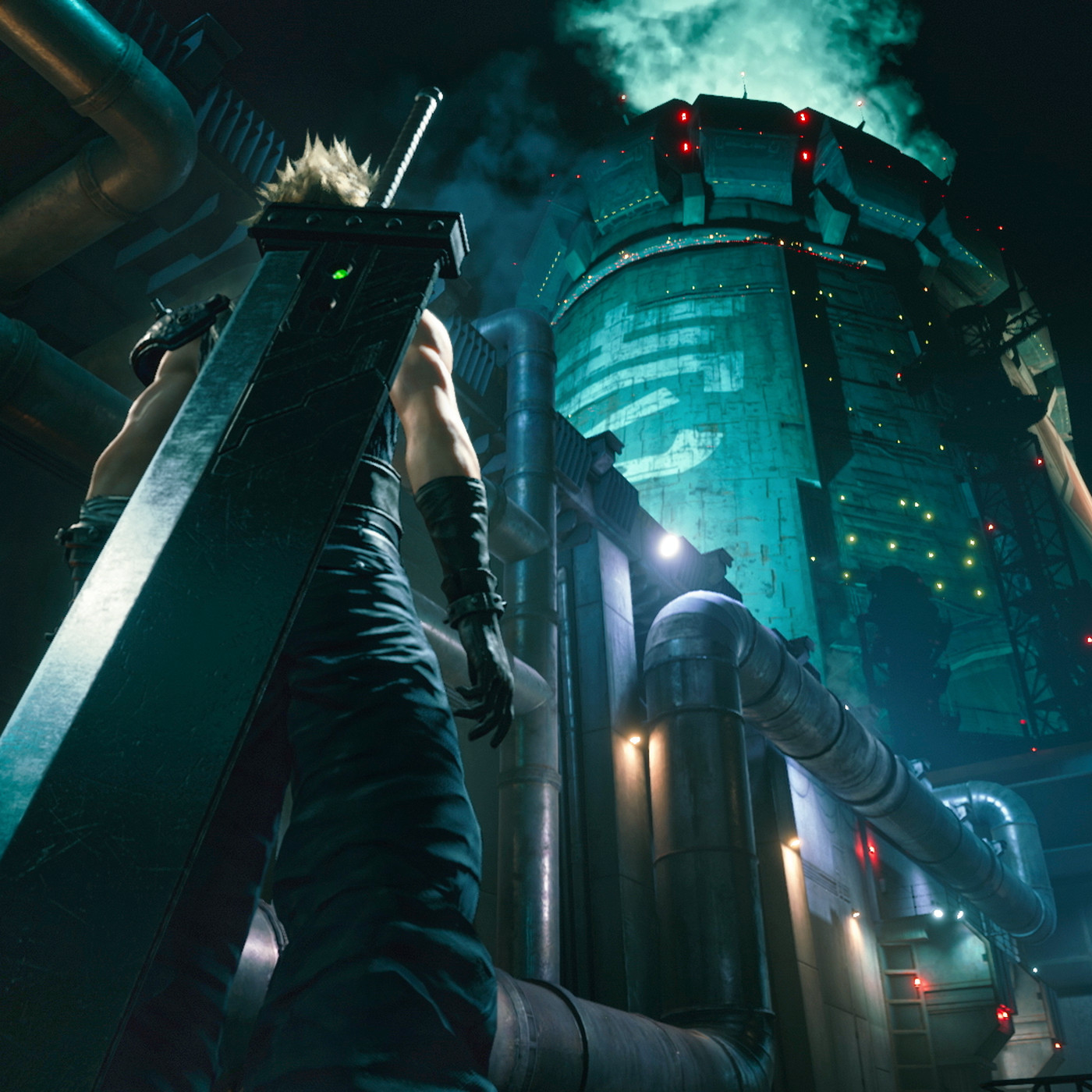
Final Fantasy VII Remake Intergrade Review
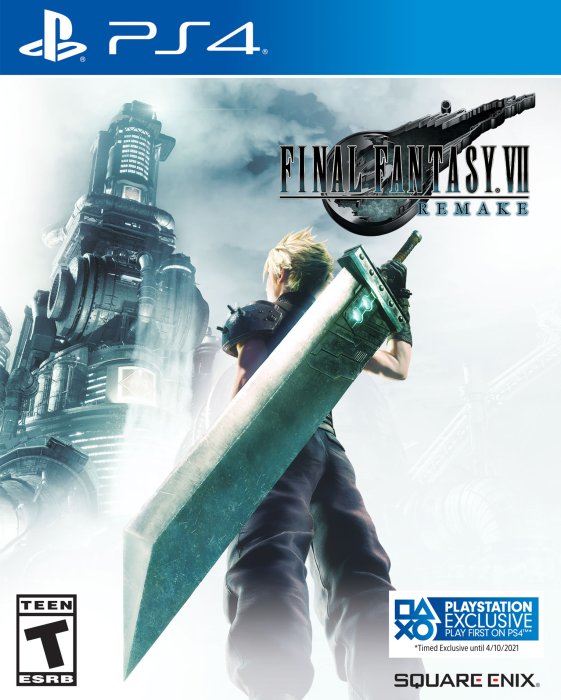
Pros
- Deep, strategic mix of real-time and ATB combat.
- Weapons, abilities and materia allow for robust customization.
- Iconic story, characters and details faithfully recreated.
- Gorgeously detailed character models.
- Excellent soundtrack and generally good voice work.
Cons
- Occasional ugly textures.
- Pacing issues and filler.
- Bizarre late-game story alterations.
- Darts and pull-ups.
The original Final Fantasy VII was born at an odd time, as far as video games go. CDs had been flirted with for years before the PlayStation finally broke the console barrier and made them mainstream (despite the earlier efforts of the Sega CD, 3DO, CD-i, and others) allowing for far more complicated and visually impressive games. At around the same time, 3D polygonal graphics were moving from the niche/teething phase to ubiquity, but early results were mixed, and we think it’s safe to say that older 3D games aged particularly poorly. Developed by Square (now Square Enix) at their apex, Final Fantasy VII was emblematic of the gaming industry at the time - for better and for worse. Given the mix of genius, innovation and technical limitations in the original, it’s no wonder fans (including your truly) have been dreaming of a remake almost as soon as the credits rolled on the original. Final Fantasy VII Remake is the realization of that dream, with Square Enix promising a remake that surpasses the original in scope and grandeur, and it’s difficult to the point of being a disservice to discuss the remake in any detail without mentioning how it compares to the original.
Some changes and compromises were necessary, of course. What was sufficient in 1997, in a game without a freely rotating camera, clearly was going to have to change in 2020. Other things, like the original’s turn-based combat system, while arguably not antiquated in a way that obligated replacement, certainly isn’t prominent in Square Enix’s current design philosophy (at least not as far as its bigger-budget titles go). Those looking for a one-to-one remake, a purely graphical endeavor without the modern gaming zeitgeist or expanded Final Fantasy VII lore (Advent Children, Dirge of Cerberus, Crisis Core, etc.) creeping in were bound to be disappointed.
The amount of hold-overs from the original - however silly - are sure to delight old fans.
Those who are more open-minded, however, may delight in some aspects of the original surviving in the remake, especially when Square Enix took something silly and leaned into the absurdity. The re-imagined Hell House immediately springs to mind, and such a foe is emblematic of Square Enix’s efforts with Final Fantasy VII Remake - almost everything that could be preserved was (right up until almost the end of the game…), even when its absence would have been excusable. What was a laughable foe that spawned in a fairly limited area and posed little threat now became a multi-stage encounter that demanded elemental adaptability, patience and strategy. These additions can at times be one of Final Fantasy VII Remake’s biggest strengths, but they’re also a response to one of its most obvious limitations: The entire first episode takes place in the metropolis of Midgar, an introductory area in the original game that charitably took five hours to play through. Into this space the first episode of Final Fantasy VII Remake must now fit in all the things you’d expect from a full-length Final Fantasy RPG.
As in the original, you’ll largely follow the exploits of Cloud Strife, an Ex-SOLDIER turned mercenary who ends up in the employ of an eco-terrorist cell - Avalanche - led by Barret Wallace. Joining these two are Cloud’s childhood friend, Tifa Lockheart, and Aerith Gainsborough, a flower girl from the slums of Midgar. These characters come and go largely when you’d expect, and the expanded city of Midgar serves these characters well by giving them more opportunities to interact and flesh out their personalities and relationships. Some important character arcs also see more progress by the end of the game than they did by the same point in the original game, specifically with Cloud and Barret having to lower their guard and drop their facades of callous indifference and self-righteous, macho bravado, respectively, to form a functional sense of camaraderie. The main characters aren’t the only ones that benefit from this, as numerous side characters now enjoy expanded roles (especially among Shinra’s ranks), and in many cases (specifically when there’s some side quest involved) new characters are introduced.
While the expansion of Midgar gives plenty of opportunity for character development, it does over-expose some characters - especially villains.
Unfortunately this role expansion isn’t always for the best, especially in the case of villains, who frequently find themselves over-exposed. One iconic antagonist in particular probably could have used less screen-time, even though it’s hard to imagine him being included as little in the remake as he was by the same point in the original. Shinra’s executives are even more ham-fisted, having all the nuance of comic-book villains as they regularly find the means to twirl the mustachios at the protagonists while monologuing about their schemes. Subtle but significant changes to the plot are made to divert blame from your protagonists and onto the antagonists, while also making the latter more incompetent. Without the benefit of seeing how things play out in later episodes, it seems set up to deprive some characters of important moral ambiguity without making your villains seem any bit more dangerous. The worst addition is arguably near the end of the game, where a late-game enemy - ironically showing up for the purpose of keeping the story in line with the original - must be defeated in what can only be interpreted as the developers putting a message of defiance in gameplay form, forcing you to fight an abstract concept to give them the dubious story excuse to change whatever they want going forward. Once again, it’s difficult to quantify the effects of this going forward, but it does make the “Remake” part of the title seem somewhat dubious.
While the expansion of some areas provides opportunities, stretching what was once a fairly unimportant screen populated with little besides random encounters into full blown chapters does have a somewhat distorting effect on the balance of playtime between characters. When Midgar was merely the launching point of a grander story, Aerith’s late appearance and Tifa and Barret’s occasional absences were fairly trivial compared to the overall length of the game, but now you’ll pass roughly half the game before Aerith becomes a playable character, and overall you’ll only have her in your party for about a quarter of the game. Comparably, it’ll take around a quarter of the game before you finally have a full party, and having a fragmented party of ever-shifting characters is the norm, not an aberration. While this undoubtedly adds variety to the challenges you face, it might be a bit jarring for players expecting a more stable roster.
Many mini-games another other diversion - old and new - serve to pad the game’s length. The quality of this content varies greatly.
Most of the time the pacing through these expanded areas is fine; enemies rarely over-stay their welcome, there usually some new treasures - be it a weapon, armor or piece of materia - to search for, or some very simple puzzle or minigame to break up the monotony. In fact, with one exception most of the dungeons you’ll explore are just long enough that you won’t be sad to see them go, but they also won’t seem insubstantial. Not that the game doesn’t find time to throw in padding, however, as a surprising amount of combat-oriented content can be found in the form of arena battles, VR battles and combat simulations. While the challenges contained within these encounters are rewarding enough, the shameless duplication of some bouts and the sheer laziness of setting so many battles in bland, self-contained arenas with little to no context is the very definition of filler content in an RPG. It’s a shame, especially when some of these encounters could have ideally been instead placed in some late-game dungeon, which would have made the entire endeavor far more interesting, substantial, and gratifying.
The sheer weight of these ancillary battles is lightened somewhat due to the fact that many of them are only available after you meet certain conditions, most commonly requiring you to play in Hard difficulty. This difficulty unlocks after you clear the game once, at which point you’ll unlock Chapter Select, allowing you to replay any chapter in the game on whatever difficulty you wish. You’ll retain your items (although they won’t do you much good in Hard difficulty, as their usage is banned on this higher difficulty), XP, Gil, weapons, armor and materia and while you won’t be able to stock up on rare items by replaying earlier chapters (most of the best gear will be swapped out with more mundane fare on subsequent playthroughs) you’re incentivized well enough by the addition of various Manuscripts, which will allow you to further customize your weapons, many of which can only be obtained in Hard difficulty.
The existence of such filler might be unfortunate, but in some ways it may have been unavoidable. Final Fantasy VII Remake is a stunning game, graphically, enough that it warrants two discs to deliver all the gaming goodness it proves, and the graphical flourishes strain current-gen consoles to their limits. At least as designed for the PlayStation 4, numerous sections of the game are dedicated to slowly walking and talking, sliding through narrow gaps, climbing, stopping to push some debris out of the way; it often is excusable in context of the story and setting, but at some point one becomes suspicious that the game is designed to stall you for the sake of performance. It largely succeeds at this, as combat is unencumbered by performance issues, but one doesn’t have to look hard to see the strain manifest outside of combat in the form of pop-in and distractingly bad textures, the latter of which stands out all the more when compared to the excellent character models for the main characters. Whatever the reason for the constant speed bumps, the overall pacing of the game does suffer a bit, especially when you’re expected to replay certain chapters a few times to see alternative quests and other rare, variable bits of story.
While the graphics are generally good with a few unsightly blemishes, the music never falters. To be fair, it’d be difficult to turn the wonderful original score of Nobuo Uematsu sour, especially with Uematsu himself returning to help compose the new score, which largely - and rightfully - apes the original. Overall sound design is less laudable however, as while the voice acting is generally good (Aerith and Cloud in particular are voiced excellently and with nuance), NPCs have a tendency to repeat themselves with obnoxious frequency, which can make exploration of various civilized areas less enjoyable than they otherwise should be.
The combat is a mix of real-time action and strategic management of ATB segments - sometimes you’ll need to wait for an opening, dodge, attack to build ATB, and use flashy ATB-consuming spells and abilities. Knowing when to do what is the key.
Perhaps the biggest change from the original is the combat, around which all facets of gameplay revolve, and while this may be the most contentious change in the eyes of some fans (particularly those who are skeptical after Square Enix’s previous attempts at crafting an Action Role-Playing Final Fantasy title) it seems safe to say that finally, Final Fantasy managed to pull it off. While each character has a variety of standard attacks that can deal decent - if not impressive - damage, the main focus of combat is focused on the Stagger system and ATB gauges. As time passes and as you land attacks, your character’s ATB gauges will fill up, and when you fill the two segments of the ATB bar you’ll be able to expend one or both to perform a variety of actions in combat, like casting spells, using abilities, or issuing commands to summons.
On their own, neither the real time combat nor ATB commands would feel very satisfying, but finally - after a decade of trying - Square Enix finally hit on a winning combat system for Final Fantasy, as the two systems mesh together to makes battles that are both engaging and strategic. Granted, this doesn’t apply to every fight in the game - some lesser foes you’ll be able to dispatch with normal attacks without worrying about ATB too much, or you’ll equip some materia (more on this shortly) that starts you out with a full ATB segment at the start of battle an proceed to casually blast your foes asunder with elemental magics - but when the game finally takes off the training wheels, you get a full party, stockpile a variety of weapons, armor, accessories and materia combat in Final Fantasy VII Remake really shines. Knowing what abilities and spells to use your precious ATB segments on (some enemies have various elemental, damage and status vulnerabilities, as is the norm for a Final Fantasy game) and when to use them (timing is important, as spells and abilities can miss, and it’s heartbreaking to whiff away ATB segments because you were too impatient or timid) are strategic decisions you’ll regularly make, and you’ll have to learn enemy routines to know when to attack and build up your ATB, when to defend and mitigate damage, and when it’s safe to use ATB.
During combat you’ll be looking for opportunities to Stagger enemies, during which you’ll be able to deal immense amounts of damage.
On top of this there’s a Stagger system, which calls back to Final Fantasy XIII’s own, similar, combat mechanic, and while in Final Fantasy VII Remake it’s somewhat less emphasized, it’s still important. Attacks tend to inflict Stagger as well as normal damage, and depending on the enemy, different attacks, spells and abilities will inflict more or less Stagger, or perhaps even send them into a “Pressured” state where they’re far more receptive to Stagger damage than usual. The enemy’s own actions can leave them vulnerable, as well: sometimes after you block, counter, dodge or merely survive an attack, an enemy will become “Pressured”, sometimes you’ll have to cast a certain spell - Aero to ground fliers, or Thunder to scramble machines - to “Pressure” them. Other times, a specific body party will need to be targeted and destroyed to induce Stagger. Also varying is an enemy’s reaction to being Staggered - some Stagger quickly and remain Staggered for a short period of time, others Stagger slowly and remain Staggered for a great duration. Either way, when an enemy is Staggered they’ll become more receptive to damage. All of this adds another layer of strategy to combat; do you use your ATB segments on a “Focused” ability useful for inducing Stagger? Do you save it so you can use one of your more powerful damage-dealing attacks when the enemy is finally Staggered? Or do you play it safe and heal up?
Each character has their own special ability, like Cloud’s ability to switch between the mobile Operator Mode and the counterattack-prone Punisher Mode.
Each character also brings their own unique blend of abilities to the table, influenced by their own innate combat skills, abilities, stats, and of course, the various and significant ways their weapons can be upgraded. Cloud is something of an all-rounder, good at everything, but the best at nothing… save for counterattacking. Cloud’s special skill are his two combat modes: Operator Mode is the default state for Cloud, while Punisher Mode will increase his damage and cause him to counterattack when blocking melee attacks, but it’ll also render him incapable of blocking ranged attacks or dodging without exiting Punisher Mode. Not only is Barret a natural tank due to his high HP and various defensive skills, but his ranged attacks allow him to target specific parts of enemies and he can use an “Overcharge” attack to deal significant damage (albeit with a cooldown). Tifa has ki levels, which will allow her to perform various special attacks, and she can expend ATB segments to boost her ki level, essentially charging and storing these attacks for later, allowing her to deal massive damage in short bursts. Finally, Aerith is the best natural caster in the game, and starts out with an ability that will allow her to lay down a ward that’ll cause characters (including herself) within it to double-cast spells.
To further expand on each character’s natural strengths (or perhaps to mitigate their weaknesses, as the situation demands) you’ll be able to equip a variety of weapons, armor, accessories and materia, the first and last of which are vitally important. Materia are orbs of concentrated magic that - for plot reasons that are too esoteric to bother with here - allows characters to cast specific spells when equipped. Weapons and armor, in addition to being stat-boosters are also vehicles for your materia, as each weapon and armor in the game has a variable number of materia slots on it. The more materia slots, the more materia you can equip, and you’ll often have to choose between offense, defense, and sheer materia versatility. Materia comes in many forms, with green materia allowing characters to cast conventional elemental magics, buffs, debuffs and healing, yellow materia activating new combat commands like steal, assess, pray, purple materia which enhances various stats (HP, MP, Magic, Luck), the rare red materia that summons one of a handful of powerful allies, and blue materia, which enhances linked materia.
The summon system has been revamped, but you’ll still be able to call upon familiar faces, like Ifrit, to aid you in combat.
Summon materia has been significantly altered in the Remake, being something of a mix of Final Fantasy XV’s mercurial summons and Final Fantasy XII’s more dependable, compliant Espers. You can no longer summon any time you wish; instead, a summon gauge will appear during certain fights, and only when it’s full can you call upon one of the summons whose materia you possess. Series staples like Ifrit, Shiva and Bahamut all return, bearing updated versions of their Final Fantasy VII models, and once summoned they’ll attack on their own as the summon gauge depletes. You can expend ATB to command them to perform specific attacks, and when the summon gauge empties they’ll perform their signature finishing move. The system works well enough, being common enough that you can expect appearances in most boss battles, but rare enough that they don’t become mundane.
Each weapon has several upgrade cores you can use to customize characters.
In addition to having variable stats and materia slots, weapons have greater importance in Final Fantasy VII Remake, as they also carry unique skills, and the weapons themselves can be upgraded. Each weapon has a unique skill that can be used so long as it’s equipped, but you can also learn each weapon’s skill by fulfilling various conditions (typically using said skill repeatedly), which will allow you to use the skill regardless of what weapon you have equipped. Some of these skills are absolutely essential, so you’re encouraged to try each weapon out, at least long enough to learn all their skills. As for upgrades, each weapon has its own mini “Crystarium” in the form of several weapon cores with numerous noncontingent upgrade nodes that can be purchased with SP - a currency earned when you level up or read rare Manuscripts. These nodes provide passive bonuses of some kind, either directly enhancing stats, unlocking more materia slots, increasing elemental damage, critical hit rate/damage, MP regeneration rate, MP cost, or even protecting characters from fatal damage once per encounter. Different weapons are ultimately suited for different tasks, and while each character has their own role they excel at, different weapons improved different ways can blur the lines a bit.
Suffice to say, when you add all these components together there’s an awful lot of strategy in Final Fantasy VII Remake, and while it’s safe to say preparation and loadouts will play a significant role in the outcome of many fights, actually performing well matters, too. The only major gripe to be found with combat is that it takes quite a while for the training wheels to finally come off, and even then you’ll only experience the best of what the game has to offer against later boss fights - and in Hard difficulty.
Despite a bizarre ending that calls into question the future of the Remake series, we’re eager to see more.
So, after twenty-two years, is Final Fantasy VII Remake the game everybody dreamed it would be? Of course, not. Such lofty aspirations long since ascended beyond the realm of reality. The episodic format of the Remake undoubtedly restrained enthusiasm, but it’s hard to imagine that anybody who tempered their expectations and honestly considered what this game could and should be with some measure of sobriety could be disappointed with the results thus far. As weird of a year as 2020 has been, we didn’t expect to be effusively praising Final Fantasy VII Remake’s gameplay while being dubious of its filler, pacing and bizarre and unnecessary changes to the plot. Enough of what made us love the original has been retained, both in broad plot points and in the finer details, and somehow Square Enix has managed to adapt this beloved classic with modern gaming mechanics. The greatest praise we can offer, however, is that we genuinely anticipate the arrival of the next episode, as the first has left us with many questions we want answered (despite our aversion to some late-game events) and much to be optimistic about. Despite our trepidation, there ain’t no gettin’ offa this train we’re on, till we get to the end of the line. Let’s just hope it maintains its current trajectory, and the Remake series of Final Fantasy VII might just be something special like the original.
A timeless classic, reborn.
The first episode of the Final Fantasy VII Remake series gets off to a strong start, and despite the odd graphical blemish, pacing issue and bizarre plot addition, it’s hard not to be optimistic about what comes next.
Gameplay:
Sound:
Graphics:
Story:
Value Rating:

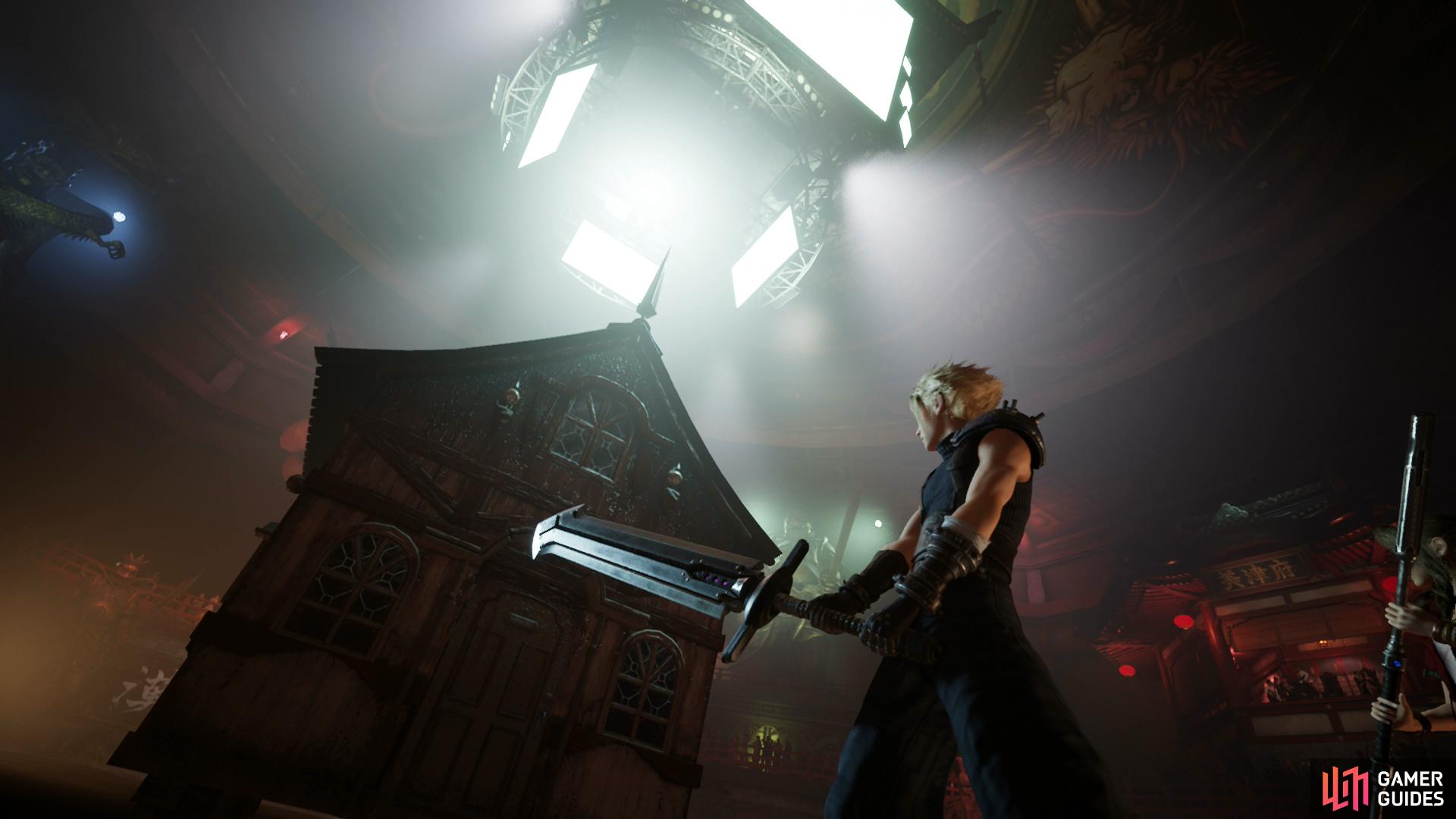
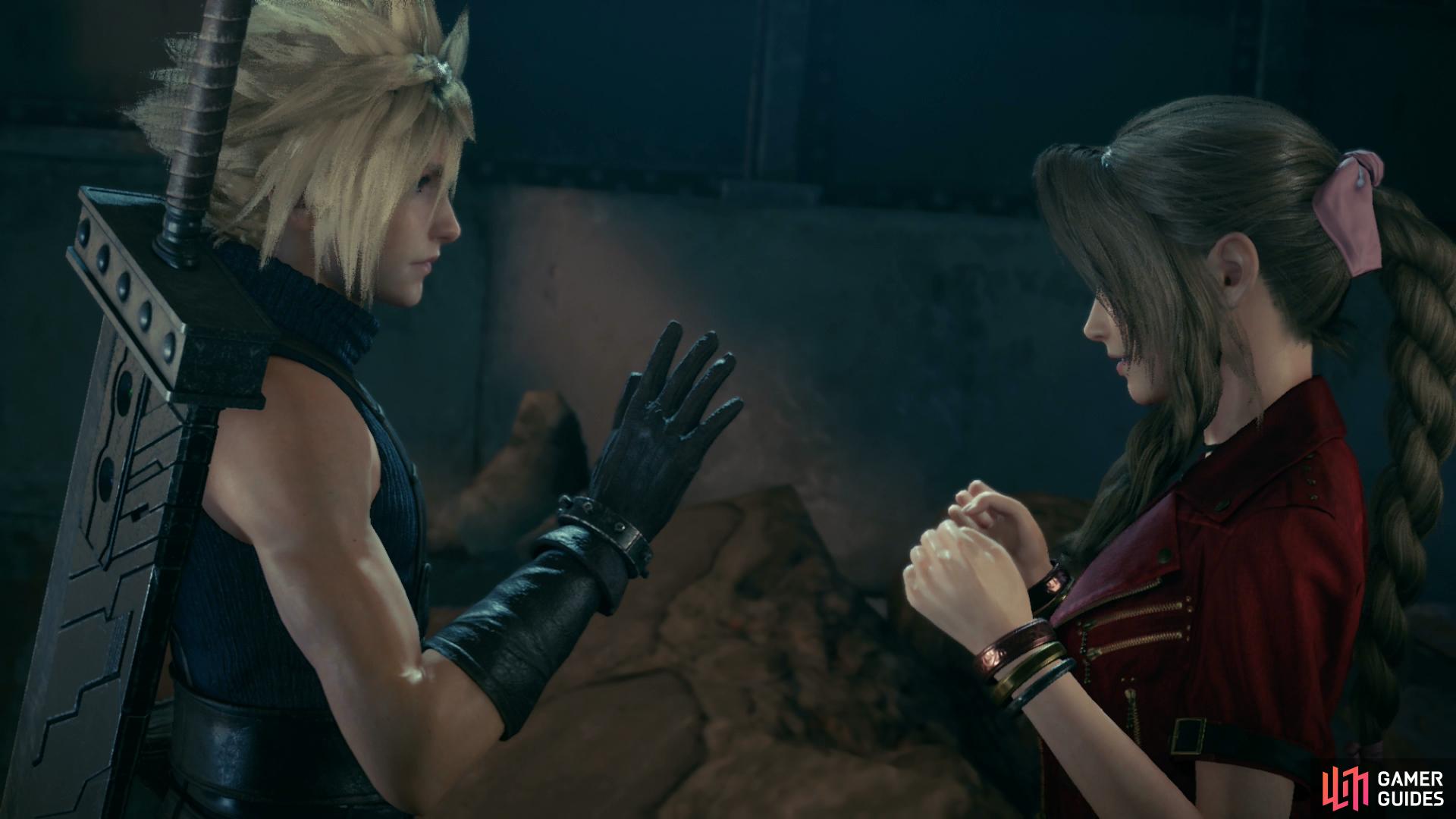
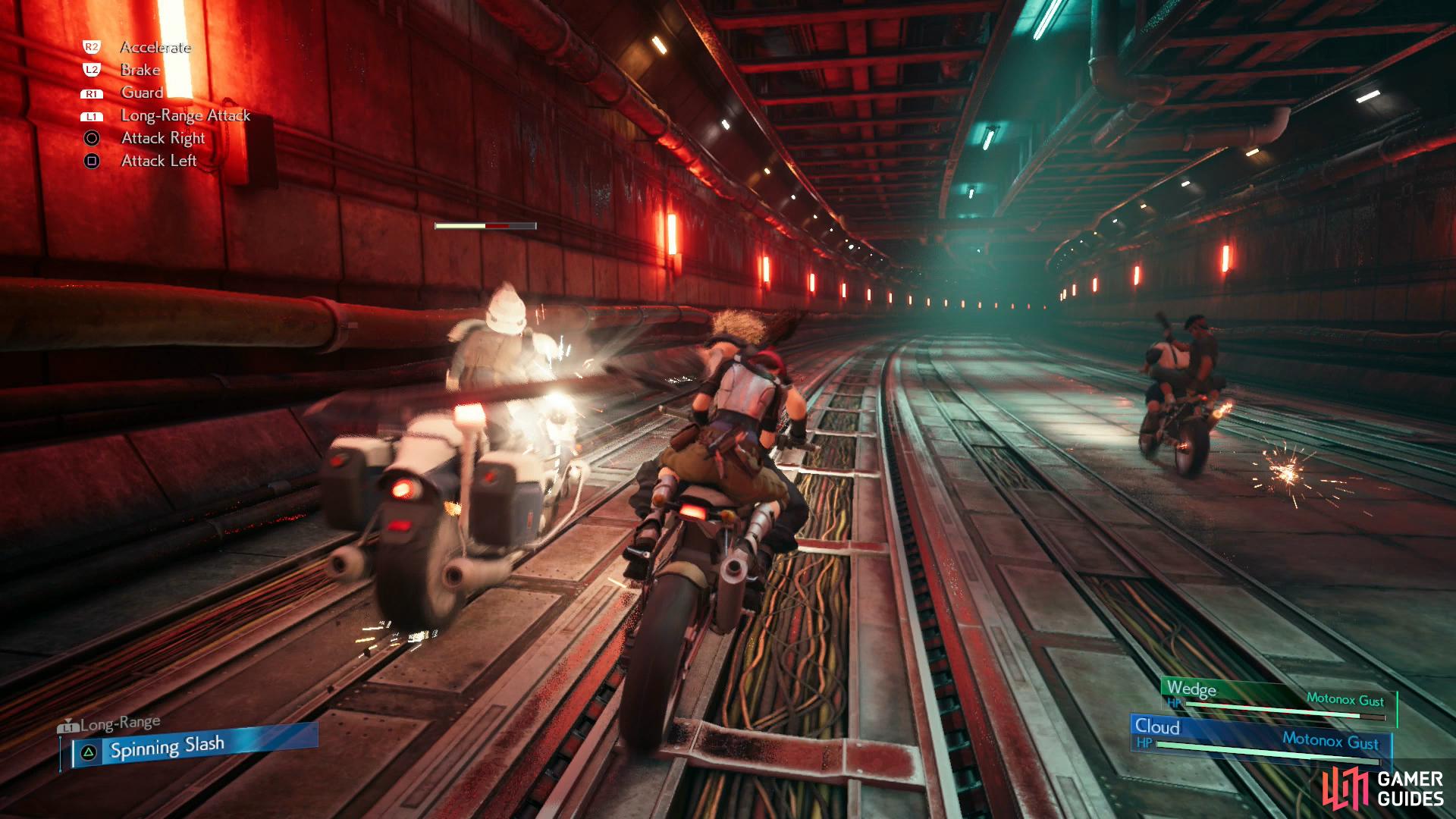
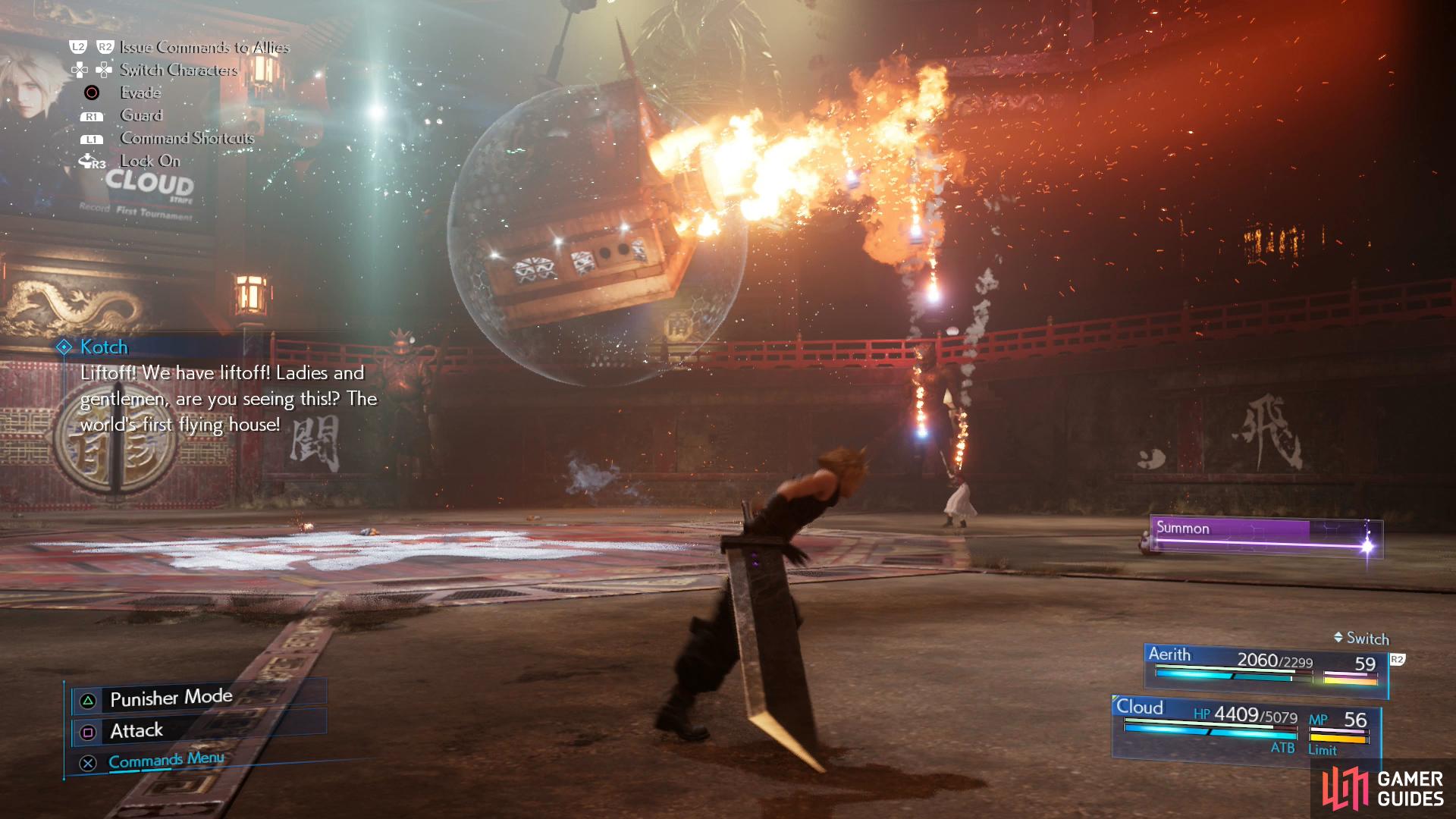
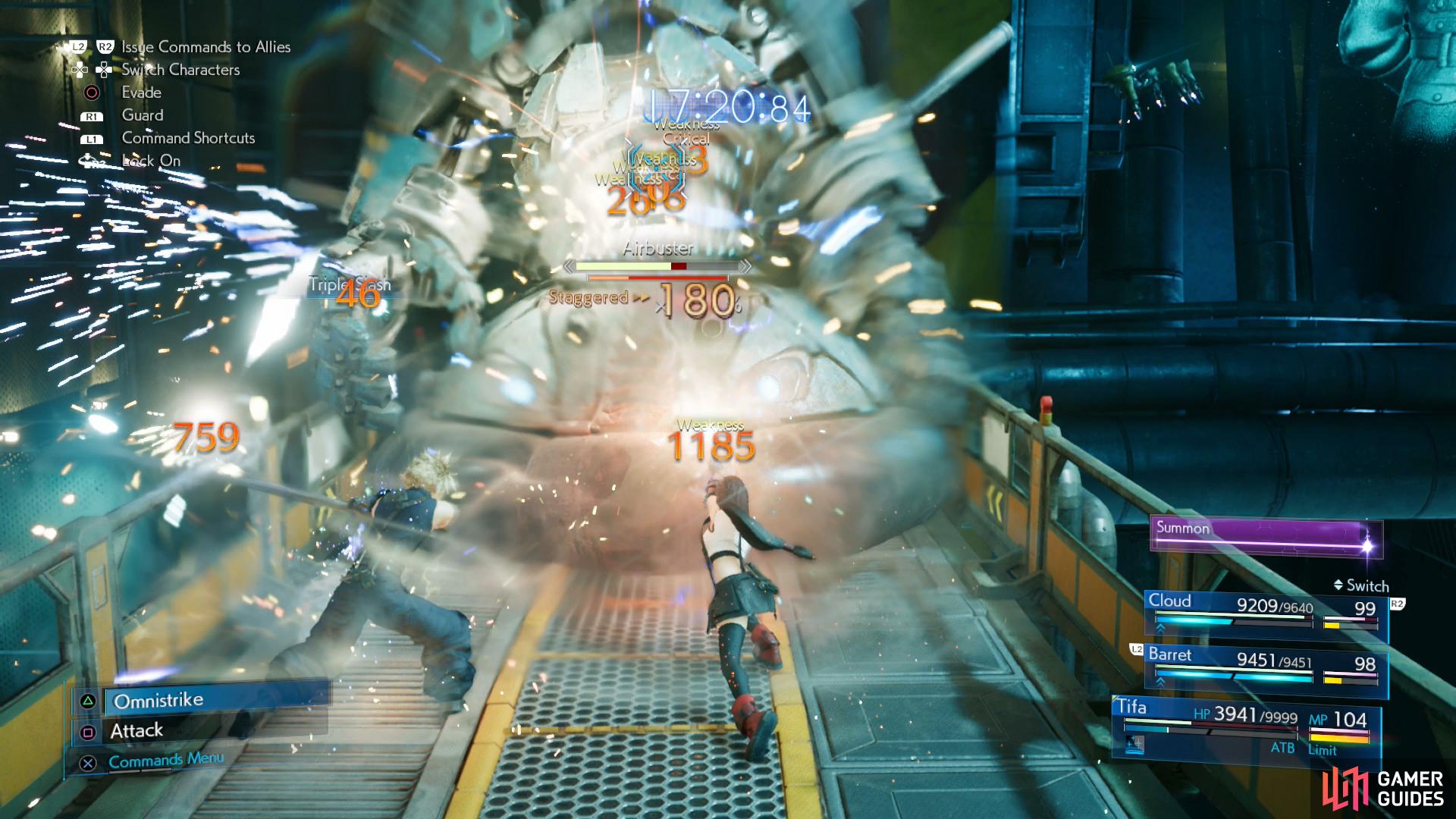
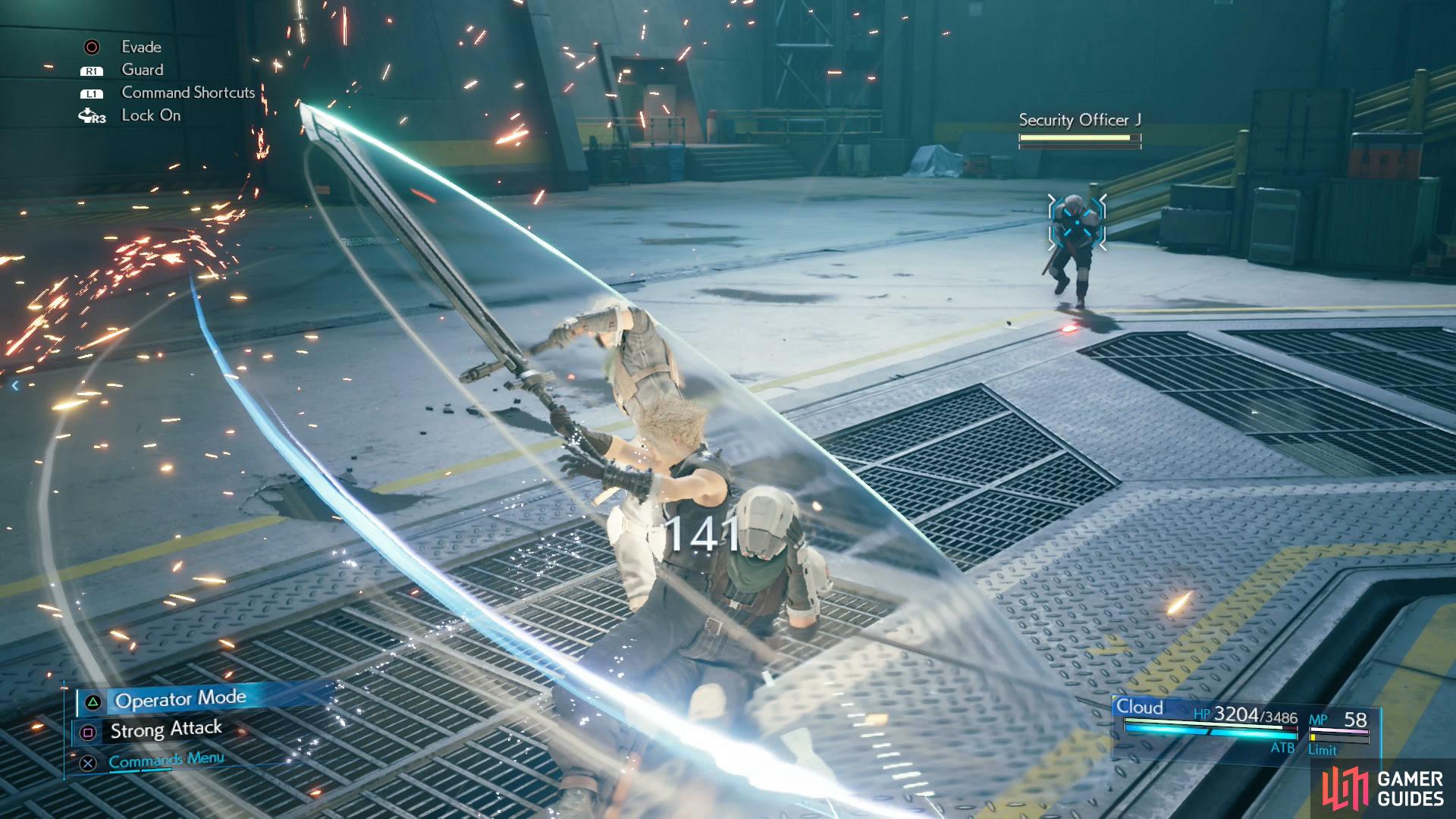

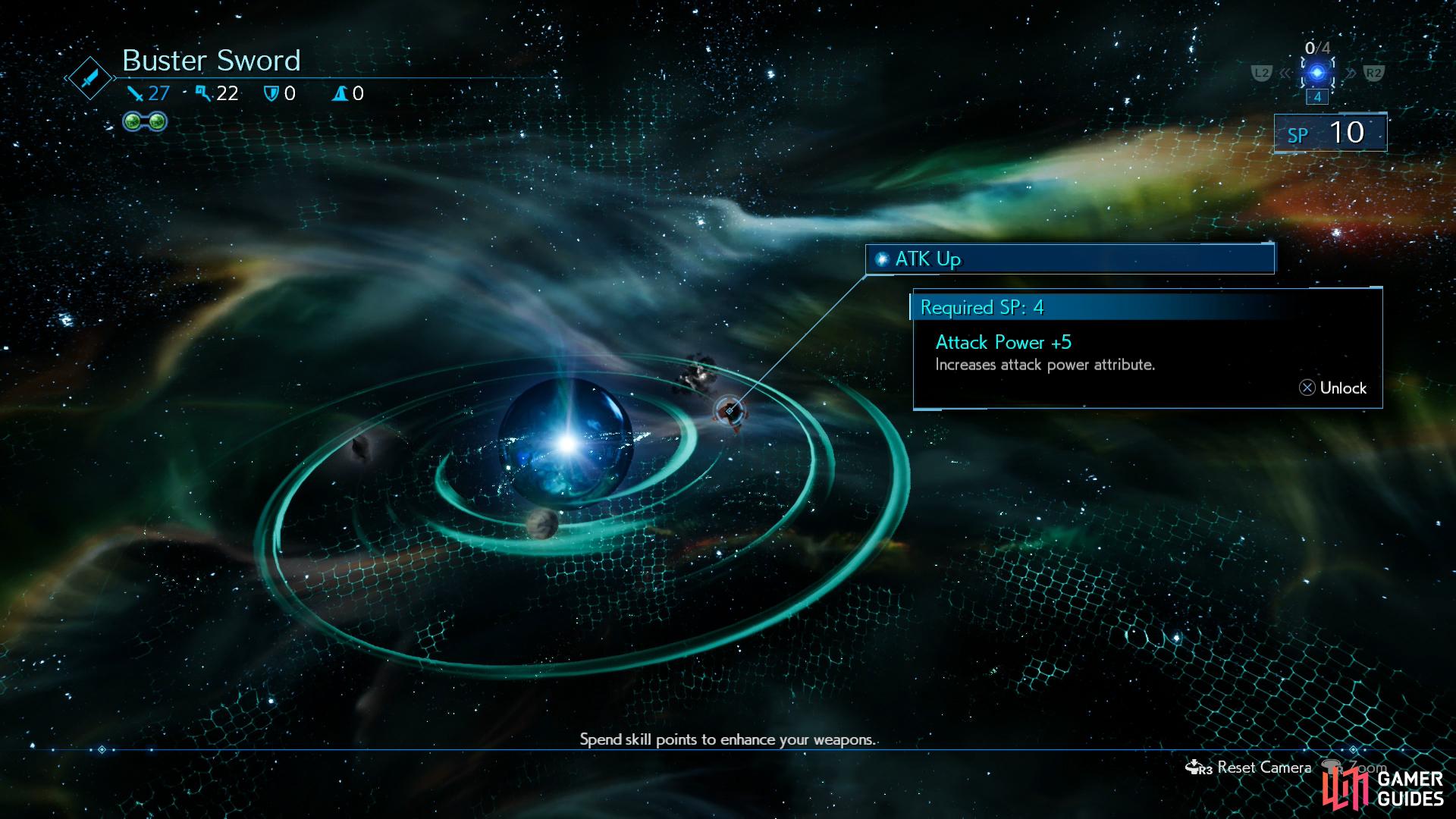

No Comments